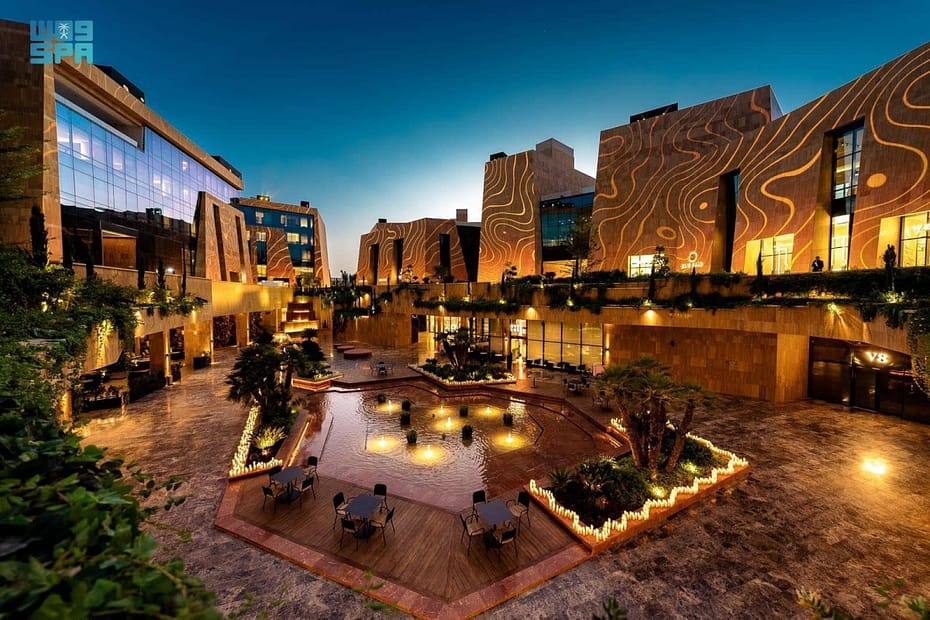Introduction
Salmani architecture is a captivating and unique style that has fascinated architects, historians, and enthusiasts for centuries. Its distinctive characteristics and historical significance make it a marvel to explore. In this comprehensive guide, we will delve into the world of Salmani architecture, uncovering its origins, key features, and cultural impact. Join me on this journey as we unlock the secrets of this architectural masterpiece.
Historical Background
The history of Salmani architecture can be traced back to the ancient civilization of Samal. The Samal people, known for their advanced architectural skills, developed a style that would later become known as Salmani. This architectural style flourished during the Samalian Empire, which spanned from the 6th to the 4th century BCE.
The Samalians were pioneers in the use of stone as a primary building material. They crafted intricate patterns and motifs, creating a visual spectacle that still captivates us today. The grandeur of their structures, such as palaces, temples, and fortresses, showcased their advanced engineering techniques and artistic prowess.
Key Features
Salmani architecture is characterized by its meticulous attention to detail and ornate embellishments. The use of stone as the primary material allows for intricate carvings and elaborate decorations. The facades of Salmani buildings are adorned with geometric patterns, floral motifs, and mythical creatures, all meticulously chiseled into the stone.
Another prominent feature of Salmani architecture is the use of arches and domes. Arches, both pointed and rounded, are a common element in doorways and windows, adding elegance and grace to the structures. Domes, on the other hand, symbolize the celestial realm and provide a sense of grandeur.
In addition to its aesthetic appeal, Salmani architecture is known for its functional design. The buildings are designed to withstand harsh weather conditions, with thick walls and strategic placement of windows and ventilation systems. This architectural style seamlessly blends form and function, creating structures that are both visually striking and practical.
Significance and Cultural Impact
Salmani architecture holds immense cultural significance and has left a lasting impact on the societies that embraced it. The buildings served not only as functional spaces but also as symbols of power and prestige. They were a testament to the wealth and influence of the ruling class, leaving a lasting legacy for future generations.
Furthermore, Salmani architecture played a crucial role in shaping the cultural identity of the Samalian Empire. The intricate carvings and motifs found in the structures were inspired by the rich mythology and folklore of the Samalian people. These architectural masterpieces became a canvas for storytelling, preserving the cultural heritage of the empire.
Even today, Salmani architecture continues to inspire contemporary architects and designers. Its timeless beauty and meticulous craftsmanship have influenced modern architectural styles, with echoes of Salmani design found in buildings around the world. The legacy of Salmani architecture lives on, serving as a reminder of the ingenuity and creativity of the Samalian civilization.
Preservation and Restoration Efforts
Preserving and restoring Salmani architecture is of utmost importance to safeguard this invaluable cultural heritage. The intricate carvings and delicate structures require careful maintenance and conservation efforts. Organizations dedicated to the preservation of historical sites have been working tirelessly to protect and restore Salmani buildings.
These restoration efforts involve a multidisciplinary approach, bringing together architects, historians, and conservationists. Advanced technologies, such as laser scanning and 3D modeling, are utilized to document and analyze the structures, ensuring the accuracy of restoration work. Additionally, community engagement and awareness programs play a vital role in fostering a sense of ownership and pride in the local population.
Contemporary Influences of Salmani Architecture in Modern Design
Salmani architecture continues to inspire contemporary architects and designers, who draw inspiration from its timeless beauty and intricate detailing. Elements of Salmani design can be seen in modern buildings, both in their exterior facades and interior spaces.
The use of arches and domes, reminiscent of Salmani architecture, adds a touch of elegance and grandeur to contemporary structures. The incorporation of intricate patterns and motifs, whether through carving or in the form of decorative elements, pays homage to the craftsmanship of the Samalian people.
Moreover, Salmani architecture has also influenced interior design, with elements such as geometric patterns and floral motifs finding their way into furniture, textiles, and decorative accessories. This fusion of traditional and contemporary design creates a unique aesthetic that celebrates the rich heritage of Salmani architecture.
Conclusion
Salmani architecture stands as a testament to the creativity and ingenuity of the Samalian civilization. Its distinctive features, cultural significance, and lasting impact make it a marvel worth exploring. From the grandeur of its structures to the intricate carvings and motifs, Salmani architecture continues to captivate us, bridging the gap between the past and the present.
As we continue to preserve and restore Salmani buildings, we ensure that this architectural masterpiece is cherished by future generations. The timeless beauty and meticulous craftsmanship of Salmani architecture will continue to inspire architects and designers, keeping the legacy of the Samalian Empire alive.
More on INJ Architects:

